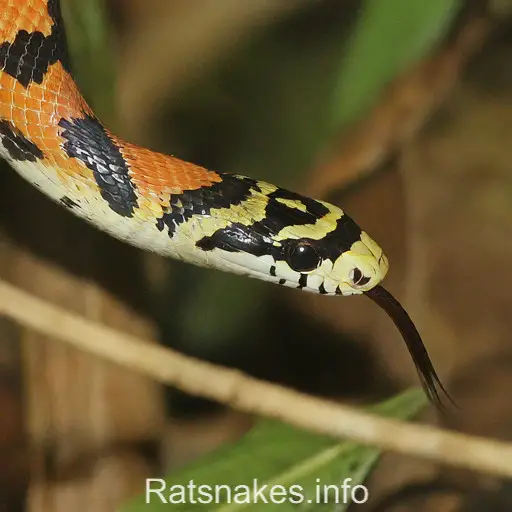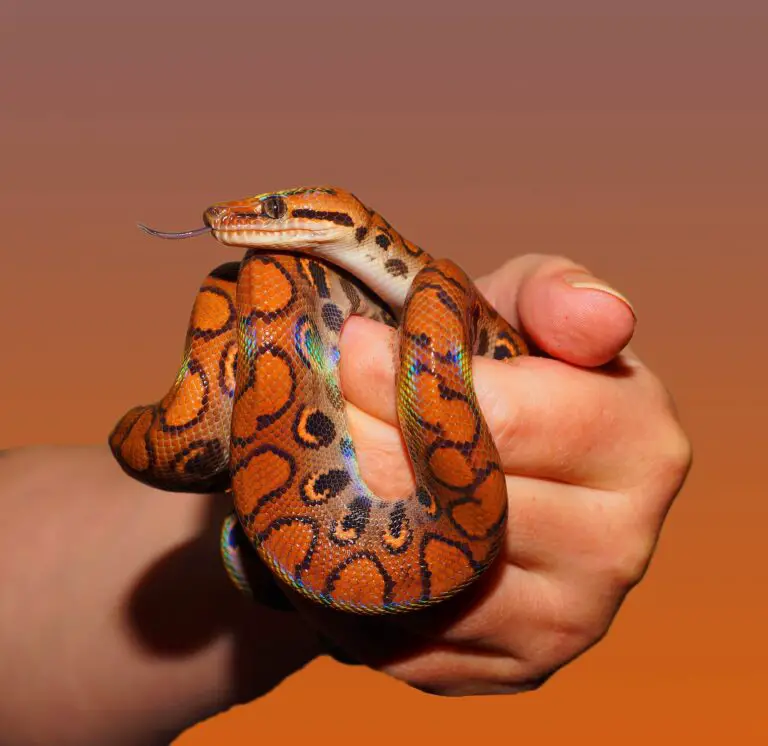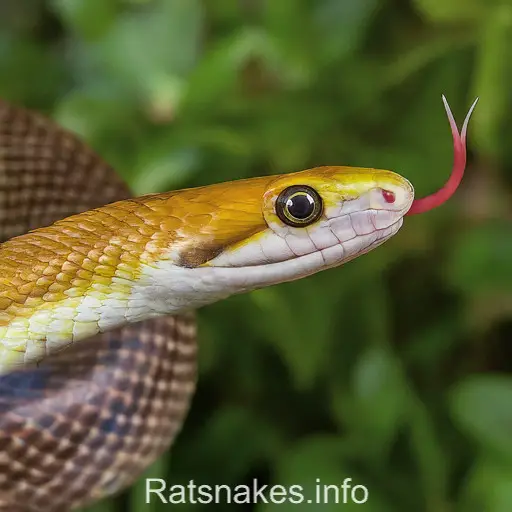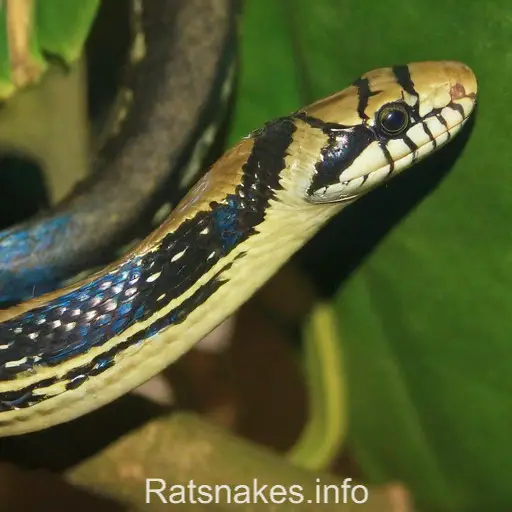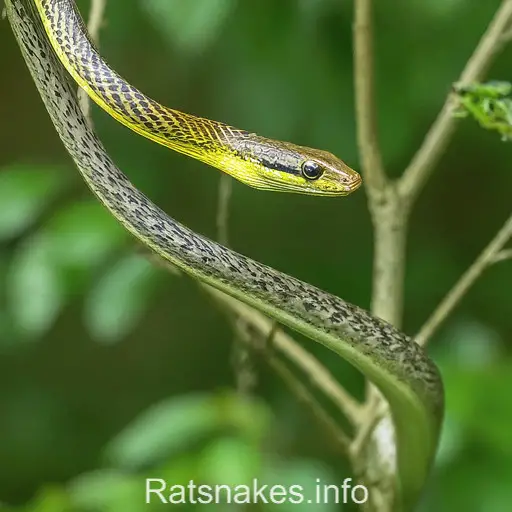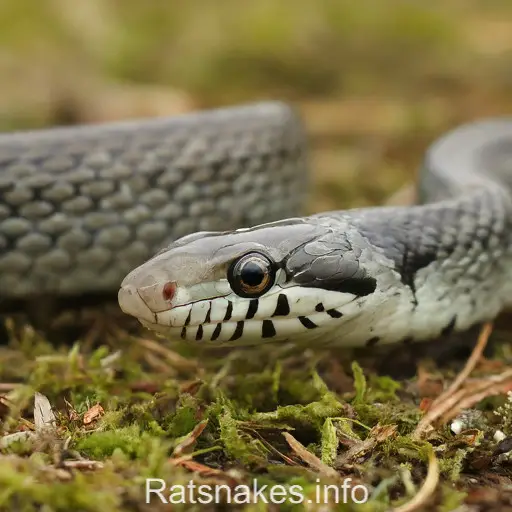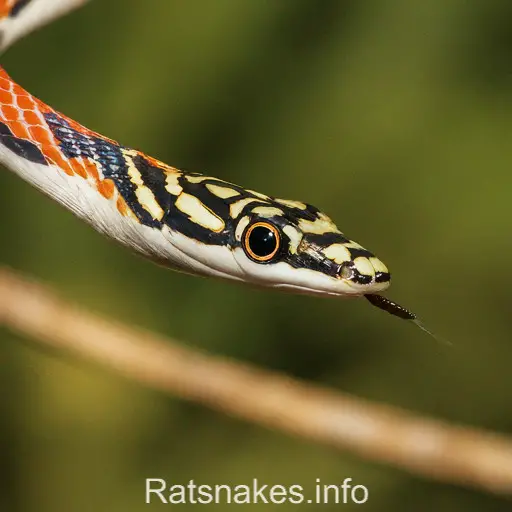
Welcome to our guide on Ptyas dhumnades, a fascinating species that captures the attention of both snake enthusiasts and wildlife lovers alike. Found in various regions across Asia, these non-venomous snakes are known for their slender bodies and distinctive markings.
As we delve into the world of Ptyas dhumnades, we’ll explore their unique characteristics, habitats, and behaviors. From their diet and hunting techniques to their role in the ecosystem, there’s much to uncover about these intriguing reptiles.
Join us on this journey to discover more about Ptyas dhumnades and gain a deeper understanding of the vital role they play in their natural environment. Let’s unravel the mysteries surrounding these remarkable snakes and appreciate the beauty of their existence.
Unique Characteristics of Ptyas dhumnades
Let’s delve into the unique characteristics that set Ptyas dhumnades apart from other snake species:
- Size: Ptyas dhumnades can grow up to 2.5 meters in length, making them one of the larger snake species in their range.
- Coloration: Their distinctive greenish-brown color helps them blend seamlessly with their natural surroundings, aiding in camouflage.
- Scales: They have smooth scales that give them a sleek appearance and aid in their agile movements.
- Head Shape: Ptyas dhumnades have elongated heads that assist them in swallowing prey whole.
- Eyes: Their large, round eyes provide excellent vision, helping them locate prey efficiently.
- Agility: These snakes are known for their swift movements both on the ground and when climbing trees.
- Muscular Body: Ptyas dhumnades have a powerful body that enables them to overpower their prey effectively.
Exploring these unique features offers a glimpse into the fascinating world of Ptyas dhumnades.
Habitats of Ptyas dhumnades
When it comes to the habitats of Ptyas dhumnades, these impressive snakes are incredibly adaptable and can thrive in various environments. Here’s a glimpse into where you might encounter these fascinating creatures:
- Forests: Ptyas dhumnades are often found in dense forests where they can use their agile bodies to move swiftly through the undergrowth.
- Grasslands: These snakes are not limited to forests and can also be spotted in grasslands where they blend in seamlessly with the vegetation.
- Agricultural areas: Due to the abundance of prey in agricultural fields, Ptyas dhumnades may venture into farms and fields in search of food.
- Human settlements: Interestingly, these snakes are known to adapt to human settlements, sometimes residing in abandoned buildings or areas with ample shelter.
With their versatile nature, Ptyas dhumnades demonstrate a remarkable ability to thrive in diverse habitats, showcasing their resilience and flexibility as a species.
Behaviors of Ptyas dhumnades
When it comes to behaviors, Ptyas dhumnades exhibit fascinating characteristics that contribute to their survival in various habitats. Here are some noteworthy behaviors of these snakes:
- Nocturnal feeding habits: Ptyas dhumnades are primarily nocturnal hunters, using the cover of darkness to actively search for prey such as rodents, birds, and frogs.
- Swift movement: With their sleek bodies and impressive agility, these snakes are known for their swift movements while hunting or evading predators.
- Camouflage: Ptyas dhumnades rely on their natural camouflage to blend seamlessly into their surroundings, making them efficient ambush predators.
- Thermoregulation: These snakes are adept at regulating their body temperature by basking in the sun or seeking shade as needed, aiding in maintaining their metabolic functions.
- Scent detection: Ptyas dhumnades have a keen sense of smell, allowing them to detect potential prey or predators in their vicinity.
- Mating rituals: During the mating season, male Ptyas dhumnades engage in courtship rituals to attract females, showcasing intricate behaviors to secure mating opportunities.
- Egg-laying: Females of this species lay a clutch of eggs, typically in concealed locations, where they provide minimal parental care once the eggs are laid.
- Territorial defense: Ptyas dhumnades may exhibit territorial behavior, defending their preferred hunting grounds or shelter sites from other individuals.
- Hibernation: In colder climates, these snakes may hibernate to conserve energy during periods of low temperatures or scarcity of prey.
These diverse behaviors illustrate the adaptability and survival strategies of Ptyas dhumnades in a range of environments.
Key Takeaways
- Ptyas dhumnades are non-venomous snakes found in Asia known for their slender bodies and distinctive markings.
- They can grow up to 2.5 meters in length, have greenish-brown coloration, smooth scales, elongated heads, and powerful bodies.
- Ptyas dhumnades are agile and adaptable, thriving in forests, grasslands, agricultural areas, and even human settlements.
- These snakes exhibit fascinating behaviors such as being nocturnal hunters, relying on camouflage, and engaging in courtship rituals during the mating season.
- Ptyas dhumnades showcase various survival strategies like swift movements, thermoregulation, scent detection, egg-laying, and hibernation.
- Understanding the unique characteristics and behaviors of Ptyas dhumnades provides insight into their vital role in their ecosystems.
Conclusion
Ptyas dhumnades, with their remarkable survival strategies and unique behaviors, exemplify adaptability and resilience in diverse habitats. From their nocturnal hunting habits to their sophisticated courtship rituals, these snakes have evolved to thrive in various environments. Their swift movements, camouflage techniques, and keen sense of smell contribute to their success as predators. Additionally, their ability to regulate body temperature and exhibit territorial defense further demonstrate their adaptability. By laying eggs with minimal parental care and potentially hibernating in colder climates, Ptyas dhumnades have established themselves as versatile and resourceful species. Overall, the behaviors of Ptyas dhumnades underscore their ability to overcome challenges and flourish in the wild.

